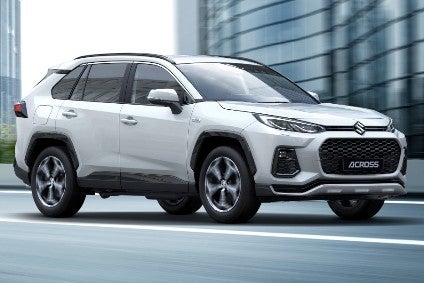
Future-new models-r-us – this week a brand I have long like (since 1970s I3, two stroke air cooled motocycling days thru the rear engine, I3, two-stroke/I4 four-stroke kei cars, Alto, Swift [aka Holden Barina/Geo Metro et al to the latest, re-badged-for-Europe Toyota RAV4/Corolla Tourer-based Across and Swace hybrids). It wasn’t a great first half of the year for Suzuki Motor Corporation and Maruti Suzuki alike, Japan and India having been hit very hard by the coronavirus crisis. Still, not being a major brand in Europe and tiny in both China and the Americas at least means that SMC didn’t suffer too badly outside its two big markets. Now, growth is resuming and new models are starting to appear.
Connected car is often in our news these days – see today’s article about Wejo and Cosworth – and, also this week, BMW said it was rolling out its biggest and most extensive Remote Software Upgrade in its history. I guess you could make the comparison with Apple‘s recent introduction OS14 (now 14.1) sent on request over the ether to your iDevice. Around 750,000 BMWs worldwide will receive the latest version of Operating System 7 (version 07/20) and it’s also the largest OTA update ever rolled out by a European manufacturer. The upgrade includes new, expanded and enhanced functions, such as BMW Maps, Google Android Auto and eDrive Zones. The new software version was available to customers in Germany from 19 October and is downloaded to vehicles directly over the air and installed free of charge. Customers receive a push notification in their vehicle or via the BMW App on a smartphone as soon as the upgrade is available. Following launch in Germany, it was due to be rolled out in stages across Europe, in the US, Canada, China and other international markets. Doesn’t seem that long ago that updated your navigation map involved buying an expensive CD from the dealer and a lot of faffing about with hidden menus. Then came USB drive updates or the TomTom navigator ‘engine’ trick of downloading the regular updates to an SD card on a PC and then loading the car system from that. OTA sure is easier and the way ahead.
GM is continuing to announce spending of squillions on its US plants and electrification and this week’s announcement was that Detroit-Hamtramck Assembly Center would now be known as ‘Factory ZERO’, reconfigured to an all electric vehicle assembly plant. GM said the name Factory ZERO reflects the significance of the facility in advancing GM’s zero-crashes, zero-emissions and zero-congestion future. Factory ZERO will be the launchpad for GM’s multi-brand EV strategy and GM is investing US$2.2bn to make Factory ZERO its first fully dedicated electric vehicle assembly plant. The facility has advanced technology and tooling and was designed with a focus on sustainable manufacturing. The GMC Hummer EV pickup and the Cruise Origin, a purpose-built electric, self-driving, shared vehicle, and other GM EVs will be built at Factory ZERO. Production of the EV pickup will begin in late 2021.
That new Hummer – deliveries from late 2021 – is a full size (and then some) US style pickup with what appears to be serious off-road ability and something like 300 miles’ range. It is dripping with the latest technology (launch pricing in six figures though) and, as plans for solar-powered, offgrid recharge stations start to develop in the US (FCA’s Jeep plans to build solar powered chargers on US off road trails), full electric travels down the likes of the Rubicon (Trail, not the Jeep Wrangler) may not be out of the question in the not too distant future.
GM also this week confirmed its Spring Hill, Tennessee assembly plant (Saturn’s first factory) would “begin the transition” to become an electric vehicle facility, joining the aforementioned Factory ZERO in Detroit and Hamtramck, Michigan, and Orion Assembly in Orion Township, also in Michigan. The company also confirmed investments in five Michigan plants, including Lansing Delta Township Assembly and Flint Assembly, for future crossover and full size pickup production. The new Cadillac Lyric will be the first EV produced at Spring Hill. Production of the brand’s XT6 and XT5 will also continue there and the facility soon will build both ICE Cadillac products plus EVs. The six US factory investments total around US$2bn, bringing the total amount GM has spent or committed for its US manufacturing sites to over $29bn since 2009.
How well do you really know your competitors?
Access the most comprehensive Company Profiles on the market, powered by GlobalData. Save hours of research. Gain competitive edge.

Thank you!
Your download email will arrive shortly
Not ready to buy yet? Download a free sample
We are confident about the unique quality of our Company Profiles. However, we want you to make the most beneficial decision for your business, so we offer a free sample that you can download by submitting the below form
By GlobalDataSome encouraging Q3 results have come through this week. Daimler raised its profit outlook for 2020 on the back of improving demand and measures to contain cost and preserve cash. Third quarter EBIT was up by an impressive 14% on last year. Cost cuts and draining dealer inventory as well as a big rebound in Mercedes sales in China boosted the results. The company’s Mercedes-Benz car division reported especially strong quarterly sales in China (+23% and a new record). However, overall group vehicle sales in Q3 turned out 8% behind the same quarter of last year. In terms of the impact of the pandemic, Daimler now expects profit for the year to be at 2019’s level (an upward revision on previous guidance) despite much lower sales and revenues this year. Not bad.
And, although the word ‘profit’ was absent, Renault‘s third quarter announcement noted “recovery in the trend of the global automobile market” with a 4% drop compared with a 28% decline in the first half of the year. Group unit sales fell 6.1% to 806,320. In a European market down 5%, sales fell 2.9% to 405,223 while market share increased 0.2 points to 10.3%. Renault brand sales rose 0.8% but Dacia was off 9.9% “due to a high comparison base in the third quarter of 2019”. Renault claimed European leadership in electric vehicles in a market up 107.2%, with Zoe the best selling EV, with sales up 157.4% to 27,000 units.
Our new and future models guru noted this week: “Subaru being a niche brand in Britain is a curious thing. Every time I drive one, the immediate impression is disbelief that they aren’t more popular here.” I concur. I was always surprised at the high prices charged here in England compared with my native Antipodean land where, when I left, mid 90s, the Legacy was in the same price range as Australian made Toyota Camrys, locally assembled Mitsubishi Magna/Verada, Nissan Bluebird, and so on, with the lower spec, four cylinder models being very much more ‘repmobile’ than premium. Glenn noted this week: With the majority of its worldwide sales in the US, electrification hasn’t been at the top of Subaru’s list of priorities. To survive in European markets though, the brand had had to evolve its famous flat-four engines into hybrids. First came the Forester e-Boxer, which has now been joined by the same engine in the XV crossover. There have been attempts to win a mainstream following, such as a special boxer diesel which sadly came and went without making much of an impression in the UK and other countries where the fuel was once popular. Will the e-Boxer change things? This is definitely the most challenging of years to be attempting a new start with any marque but still, the only way is up.
A new RESEARCH SNAPSHOT – Taking the long view on hydrogen vehicles is out this week. Cast your mind back a decade or so ago and you’ll recall how hydrogen was among a number of promising alternative fuel candidates to replace petrol, compressed natural gas, bio-diesel and even battery-electric power. For a variety of reasons, however, demand for battery electric vehicles (BEVs) has gradually increased to the point where every carmaker is investing heavily in them. Continuing just-auto/AIC’s series of research snapshots, we take a look at how hydrogen can play a role as a viable fuel in the future across the automotive industry alongside BEVs.
Nissan Motor is increasing vehicle production in Thailand in response to growing demand for models such as the Kicks e-Power SUV and the Navara pickup truck. The automaker said it was looking to add 2,000 workers at its manufacturing facilities in Samut Prakan, near Bangkok, to meet growing regional demand.
As was posited two weeks ago in our early take on September’s light vehicle sales the month has proved to be the strongest of the year. September has proved to be a welcome relief after the SAAR rate slipped in August. As it was, September’s SAAR managed to sneak past the year’s previous high of 87.6m recorded in July with a SAAR of 88m. Global sales just managed a year-on-year gain of 0.2%.
Have a nice weekend.
Graeme Roberts, Deputy Editor, just-auto.com




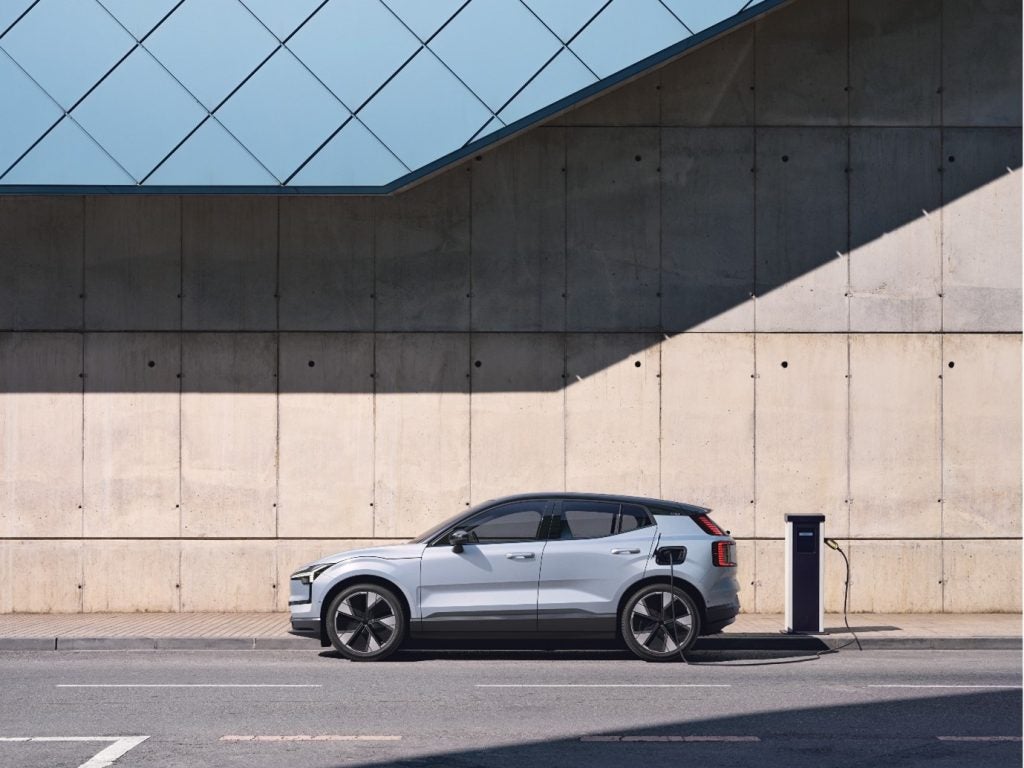
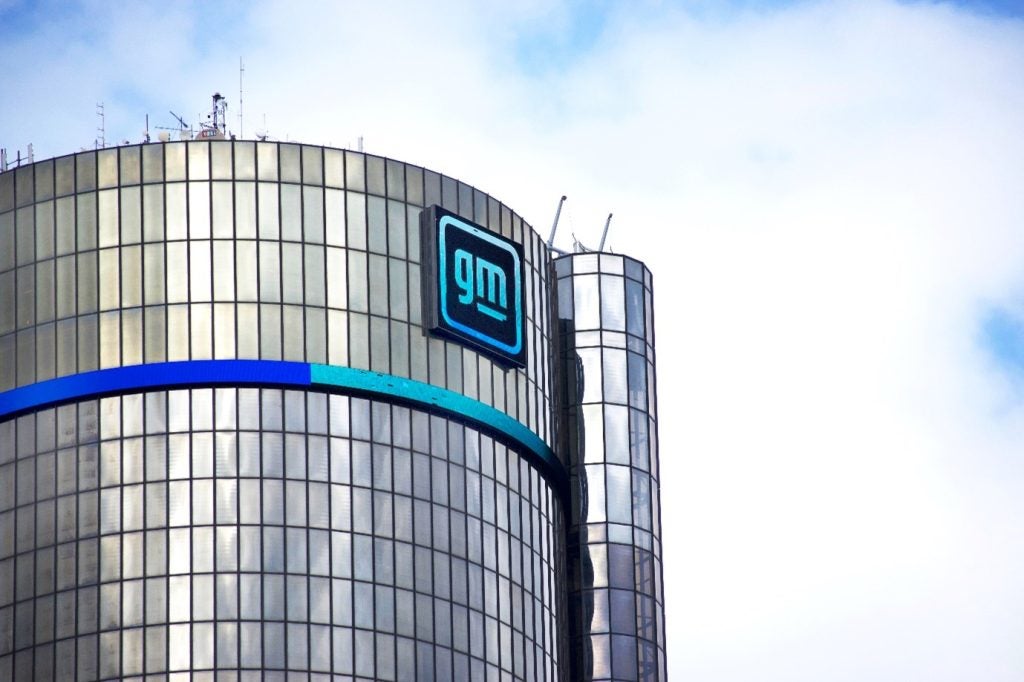
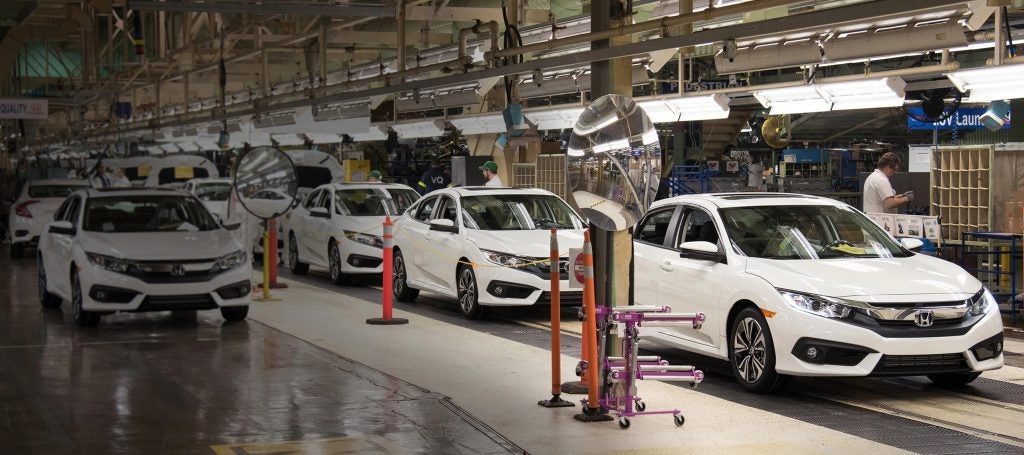
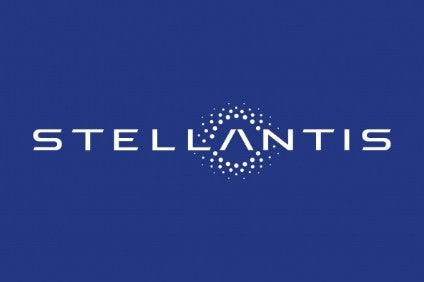

Related Company Profiles
FCA SP Zoo
Apple Inc
Spring Hill LLC
Mercedes-Benz Group AG
Bmw Co